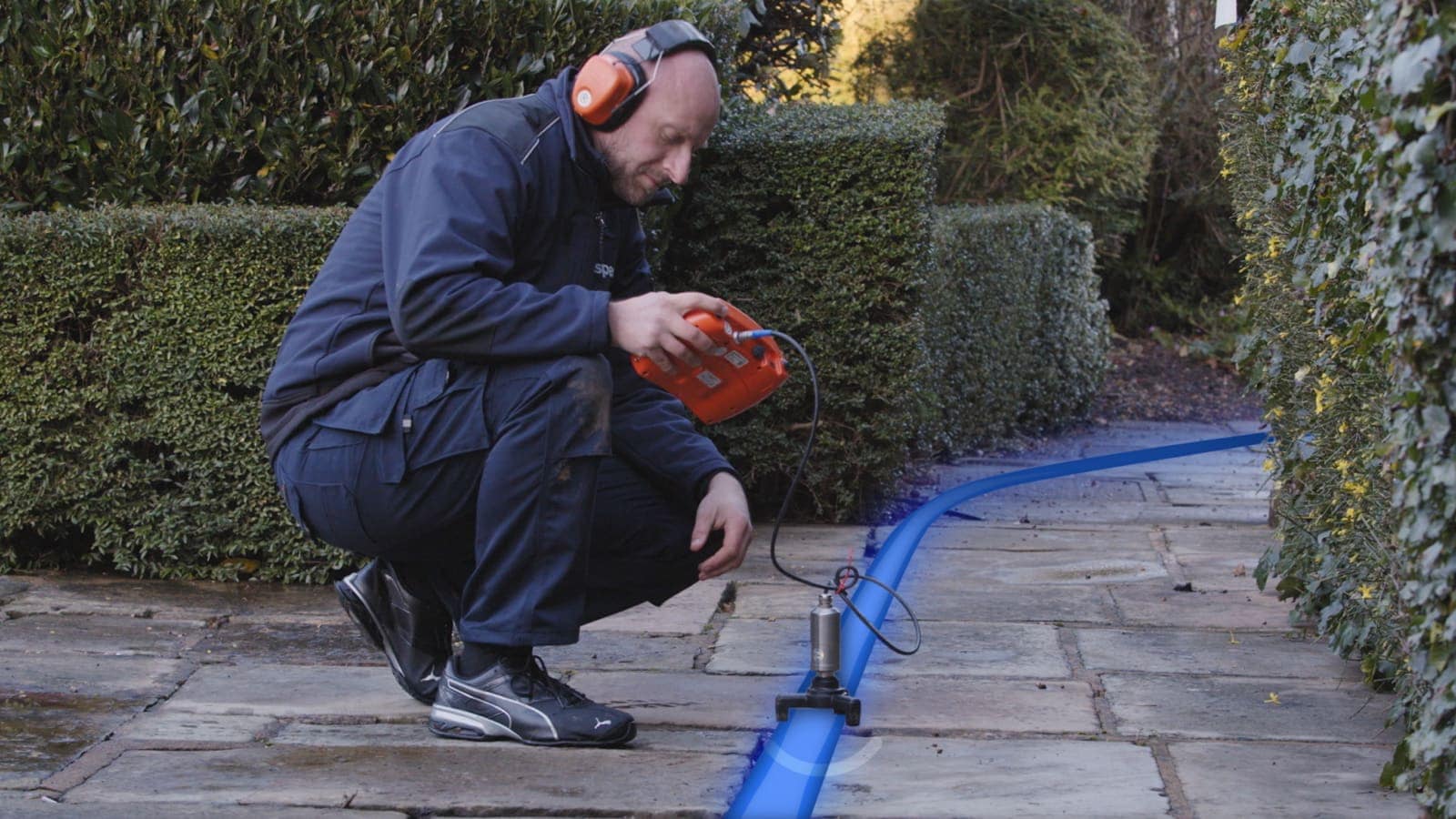The Relevance of Normal Water Leak Detection for Long-Term Home Security
Ingenious Solutions for Early Discovery of Water Leakages in Buildings and Infrastructure
As the stability of buildings and facilities is extremely important, the challenge of early discovery of water leaks has actually spurred ingenious remedies that assure to change the means we guard versus possible problems. From sophisticated leak discovery modern technologies to the deployment of IoT sensors for real-time tracking, the landscape of leak prevention is advancing swiftly. Artificial intelligence algorithms use a glance right into the future of leakage forecast, while thermal imaging presents a non-intrusive method for determining covert leakages. Automated water circulation evaluation systems are reshaping how leaks are recognized and resolved, leading the way for a proactive strategy to water leakage detection. Each of these services holds the essential to making certain the integrity and durability of our built environment, prompting a change towards a much more lasting and reliable future.
Advanced Leakage Detection Technologies
Advanced leak discovery innovations, geared up with sophisticated sensing units and algorithms, play a critical duty in quickly recognizing and identifying water leaks in different setups. Electro-magnetic sensing units can determine modifications in electro-magnetic fields triggered by water, offering yet another layer of leak detection capacity.

IoT Sensors for Real-Time Monitoring
In the world of contemporary water leak discovery, the integration of IoT sensors for real-time tracking represents a crucial improvement in boosting proactive leak detection abilities. These sensing units use constant monitoring of water systems, giving real-time data on water flow rates, pressure variants, and temperature adjustments. By leveraging IoT innovation, these sensors can discover also the smallest abnormalities in water usage patterns, enabling very early identification of potential leakages before they rise into major problems.
IoT sensing units transmit data to a central platform, where sophisticated formulas assess the details and produce informs or notifications when abnormalities are identified. This real-time tracking ability allows residential property owners or center supervisors to without delay deal with leaks, reducing water damage, minimizing repair service costs, and conserving water sources.
Additionally, IoT sensing units can be incorporated with structure monitoring systems, permitting automatic responses to identified leakages, such as shutting off water valves or activating pumps to mitigate the impact of leakages. In general, the implementation of IoT sensing units for real-time surveillance dramatically improves the performance and performance of water leak discovery in structures and facilities.
Machine Knowing Algorithms for Leak Prediction

One trick benefit of using artificial intelligence for leak prediction is its capacity to constantly find out and improve its accuracy gradually. As even more her response information is accumulated and fed into the formula, it can improve its predictions and adapt to changing problems, ultimately increasing the reliability of leak detection systems.
In addition, machine discovering algorithms can aid in recognizing refined indicators of leaks that may go undetected by traditional tracking techniques. water leak detection. By evaluating complicated information sets in real-time, these algorithms can supply early warnings and notifies, enabling timely intervention and precautionary upkeep to alleviate possible water damage and connected costs
Making Use Of Thermal Imaging for Leak Detection
Thermal imaging modern technology provides an appealing approach for finding water leaks in various systems and infrastructures. By utilizing infrared radiation and temperature variances, thermal imaging video cameras can recognize surprise leaks that are not conveniently visible to the nude eye. When water leaves from pipes or frameworks, it commonly alters the temperature of the surrounding area, producing temperature differentials that thermal video cameras more can capture. These temperature abnormalities are after that translated right into noticeable pictures, highlighting the specific area of the leakage.
Among the key advantages of thermal imaging for leak detection is its non-intrusive nature. Unlike conventional approaches that might require burglarizing wall surfaces or floorings to locate leakages, thermal imaging enables non-destructive screening. This not just saves time and lowers expenses yet also minimizes disturbance to the building or framework being assessed. Additionally, thermal imaging can rapidly scan big locations, providing an extensive review of possible leak sources in a timely way. On the whole, the use of thermal imaging modern technology enhances the effectiveness and accuracy of water leak discovery, making it a useful tool for maintaining the stability of structures and frameworks.
Automated Water Flow Evaluation Equipments
How can automatic water flow analysis systems reinvent the discovery and monitoring of leakages in various systems and infrastructures? Automated water circulation analysis systems supply an aggressive method to leakage detection by continuously monitoring water circulation prices and patterns. By developing baseline information, these systems can swiftly determine inconsistencies that might indicate a leakage, enabling prompt treatment to stop comprehensive damages.
These systems use advanced formulas to evaluate real-time data and offer prompt signals when anomalies are spotted, enabling for quick activity to be taken. Additionally, automated water flow evaluation systems can be incorporated with structure administration systems or IoT systems, boosting general efficiency and allowing remote tracking capabilities.
Additionally, the information collected by these systems can be used for anticipating maintenance objectives, helping to recognize prospective powerlessness in the framework before leakages take place. In general, the application of automated water circulation evaluation systems can considerably boost leakage detection and management methods, ultimately bring about cost savings, reduced water wastefulness, and raised sustainability in structures and framework.

Final Thought
In verdict, the integration of innovative leakage discovery modern technologies, IoT sensing units, artificial intelligence formulas, thermal imaging, Full Article and automated water circulation evaluation systems uses ingenious services for early detection of water leaks in structures and facilities. These modern technologies make it possible for real-time monitoring, forecast of leakages, and efficient discovery approaches to stop water damage and wastage. Implementing these services can help in maintaining the honesty and sustainability of water systems in various settings.